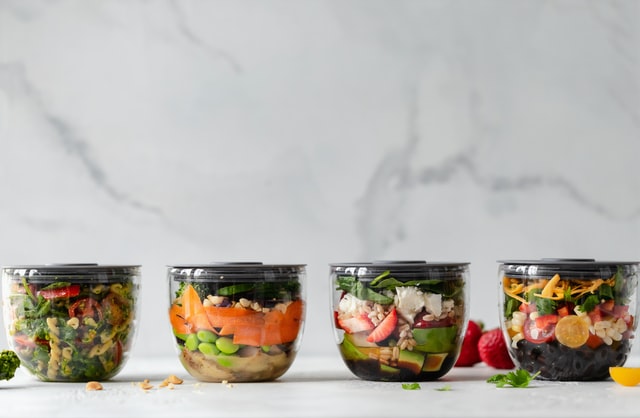One of the tremendous advantages of the contemporary world is the use of plastic containers to store leftovers – until you have to deal with cleaning them. Try these time-saving tips and progress the efficiency of this tedious process.
Table of Contents
How To Clean Kitchen Plastic Containers?
Plastic containers are both a blessing and a curse. They are helpful since they may be used to carry packed lunches or dinners and store leftovers for future use. However, cleaning plastic food containers may be a pain, especially if the food they were transporting was oily or had a strong odour.
You may have observed that even after washing your plastic food containers with detergent and water, they still smell like the last dish they carried. Plastic containers used to keep curries or other Indian dishes, which frequently include a substantial amount of oil or grease, tend to retain some stains. When cleaning your plastic food containers, don’t forget to wash them twice or three times with dish soap.
While cleaning plastic containers might be challenging, standard kitchen solutions can be used to clean your containers and make them shine as if they were new. If you’ve been on the hunt for the best way to clean up your used plastic containers, look no further. Here are a few ideas for giving your plastic containers a facelift and making them appear as though they were just bought.
How To Clean Plastic Food Containers Of Odors?
Plastic containers typically become unsuitable due to the odour of old food. However, before you toss out that old plastic food container, give this strategy a try:
- Bring 900 ml of water to a boil and add four tablespoons of baking soda.
- Dip your plastic container in this water and smell the difference. The solution can be poured into a too-large container to be submerged and left to soak for 30 minutes or until the scent is gone.
- If you’d want to learn more about intelligent kitchen appliances, check out this list of five:
- Please remove any remaining odour by flushing the container with clean water and sniffing it.
- If the odour persists, place crumpled newspaper in the container and secure the lid securely.
Removing Stains From Plastic Food Containers:
There should be no wet or dry remains in your food container once you’ve opened it. Start by scraping them off and removing them with a fork or spoon. Next, remove any remaining water and follow these procedures to remove stains from plastic food containers: Rinse well with warm water, then dry thoroughly.
- Using a container, fill it up with pure distilled white vinegar and refill it with the stains in your food container. Instead of vinegar, you may use a hand sanitiser or rubbing alcohol.
- Depending on the amount of food residue in the container, let the vinegar remain in the box for 30 minutes to an hour. When bacteria thrive on old food, vinegar is an effective disinfectant, resulting in a musty smell.
- After a half-hour or so, remove the lid, pour off the vinegar, and add a large amount of dish soap.
- A sponge or a somewhat abrasive cleaning brush aggressively scrape the container to remove any remaining food residue. To avoid scratching the plastic, don’t rub the container too hard.
Do not use airtight lids on most plastic food containers. You may achieve this by putting the container in the Sun for several minutes or turning it upside down. As a result, you’ve learned something new!
The Use Of Bleach-Containing Chlorine:
1. Warm Water And A Tiny Amount Of Bleach Can Disinfect Surfaces
Using a funnel, add 1 tablespoon bleach to 240ml of water in a glass measuring cup. The liquids should only be softly whisked. Wear rubber gloves whenever you operate with bleach for your protection.
The very poisonous chemical chlorine bleach may be exceedingly dangerous if consumed or touched by the skin.
- Because of the dangers of bleach, this solution should only be used as a last resort when other treatments fail.
2. Fill The Bottle With The Bleach Solution
Make sure no splatters or spills are using this method. After adding the bleach, shut the top and shake the bottle. Allow the stain-fighting agents to do their work while setting the item aside.
- The bleach bottle should be placed in an area where it cannot be mistaken for anything else.
- No matter how natural or chemically derived, never combine bleach with other cleansers.
3. Let The Container Sit In The Water For At Least An Hour
Because bleach has such a high concentration, a single application will likely be sufficient to remove even the most severe smells and discolourations. While the bleach is still inside, don’t move or otherwise handle the container.
- Leaving the bleach in there for an extended period might cause the plastic to rust and deteriorate.
- A minuscule portion of the bleach solution can be applied to the container’s lid in the sink to remove any remaining stains.
